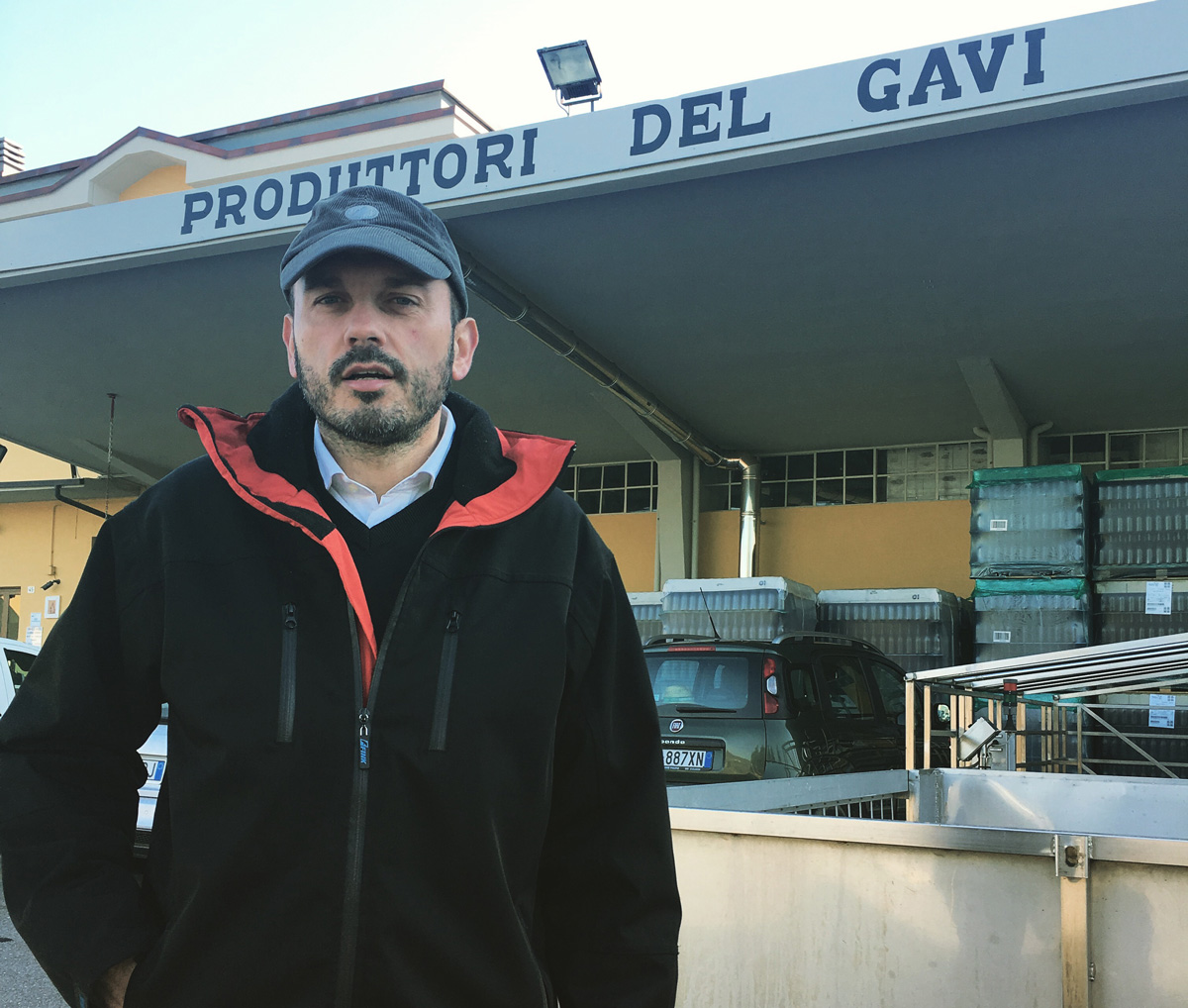Did you say Gavi? Everything old is new again? I’m half deep into a love affair with this most noble white grape of Piemonte. Gavi’s planted vineyard area is 1,200 hectares in total (Napa is 18,000 hectares by comparison), and the village of Gavi itself serves as the region’s center. The DOC as a whole is made up of 13 different villages, and I attempt to break the region (and this opportunity) down real quick for you in our latest podcast episode. Quality-wise there are three levels:
Cortese di Gavi DOC – The most basic level, this can be produced anywhere and is the go-to local quaff in Gavi (along with a focaccia sandwich it is even part of breakfast for many locals, especially those over 70 years old!).
Gavi DOCG – A step up in quality, this an be produced only in a few of the region’s best towns, and is most of what you see here in the USA.
Gavi di Gavi DOCG – The top level – This can be produced only in the actual village of Gavi and is the highest quality level.
You could call Gavi the “queen” of Piedmont’s white wines – Gavi must be made from the local varietal Cortese, and Cortese translates to “gracious” in Italian. Cortese has thin skins, naturally high acid, and it needs a warm climate to grow in. Nowhere does it grow better than in Southeastern Piedmont just North of the Ligurian coast. At its best Cortese is bone dry/with lemon/peach flavors, but at the same time classy. Add in some seafood and you are instantly transported to a very happy place.
Soil composition and exposure in Gavi is varied even by Piedmontese standards, and in this way the Cortese grape can express an enviable “menu” of flavors depending on said provenance. Our good friend and oracle Roberto Fossati lives in the village of Gavi itself and over the years he has seen just about everything here. Jump in Roberto’s car to visit vineyard sites and you’ll experience all this diversity firsthand, from stark white soils made of tuff and limestone to tomato colored soils based on ferrous clay.
Enter Produttori del Gavi. The origins of this cooperative trace back to 1951 when 83 families banded together to share their strengths in cooperative form. The group is essentially made up of these same growers to this day, with just twelve more being admitted to the group since inception. The vineyards of member/growers are spread all over the Gavi DOC territory in 11 municipalities covering 200 hectares of land from Tassarolo to Bosio. Such coverage allows the production of various “Cru” bottlings, many of which are amongst the most exciting produced in this historic appellation.
Produttori used to sell off 99% of their finished wine in bulk and from those gas handle type dispensers you see all over Europe, but oh my how things are changing inside the walls of this cooperative. Winemaker Andrea Pancotti leads the charge here now, and this is an exciting development for wine drinkers. Andrea understands the potential of the material at his fingertips (hand-farmed, low-yielding, old vine Cortese from thousands of interesting micro-plots), and the press has just started to recognize Produttori’s work, with Gambero Rosso bestowing his latest Gavi de Gavi release with the coveted “Tri Bicchieri” honors. Andrea is making single “cru” Gavi, he is making organically farmed Gavi, things couldn’t be any different there nowadays versus years past. Until recently, the only thing missing was an attractive label, which we took care of with a local designer last Spring, and we already know you all love Produttori’s new package. And the pricing? This is where it gets crazy – We negotiated DEEP with Produttori last week, and because they want everyone in the USA to be aware of their “brand,” they offered us a multi-container commitment deal that we could not refuse.
Produttori del Gavi ’18 Gavi “Il Forte,” floral, fresh, juicy, very good
Produttori del Gavi ’18 Gavi di Gavi” Bio,” more mineral, lighter style, very good
Produttori del Gavi ’18 Gavi di Gavi, full, ripe, rich, Cortese for hedonists
Our vision is to build Produttori’s “Il Forte” into the most recognized Gavi label in the US market, as it is by far more interesting than anything else out there that restaurants can buy under $10 wholesale. Game on.



Leave A Comment